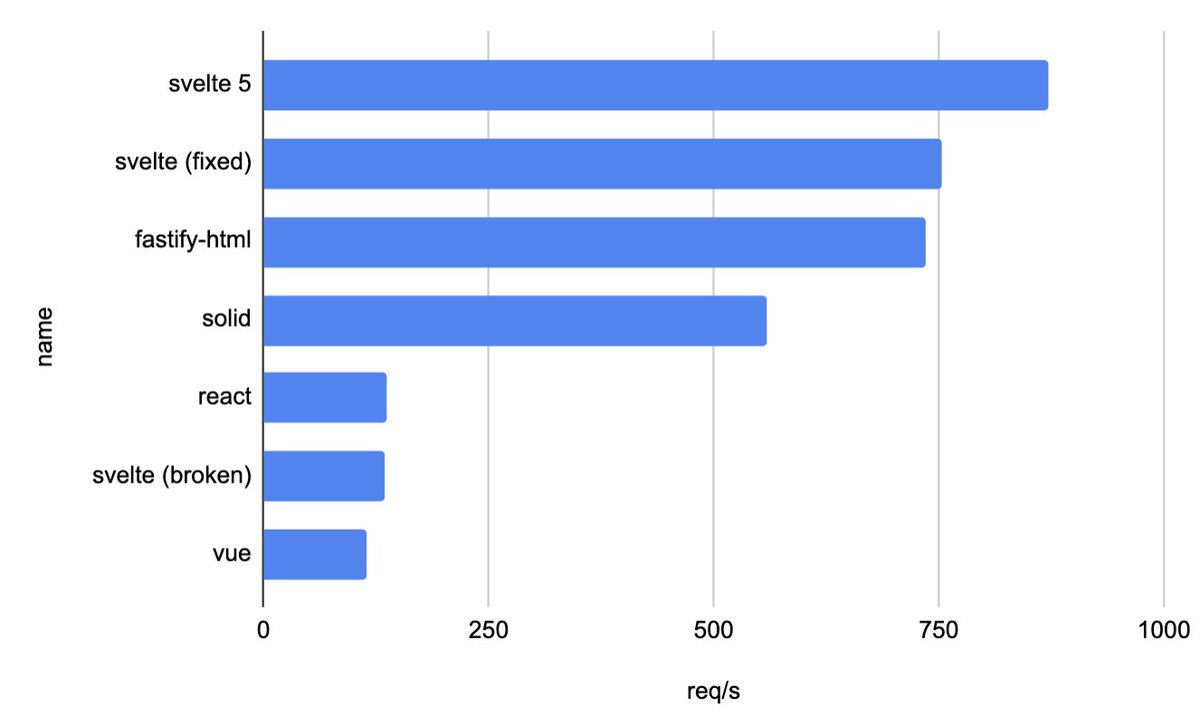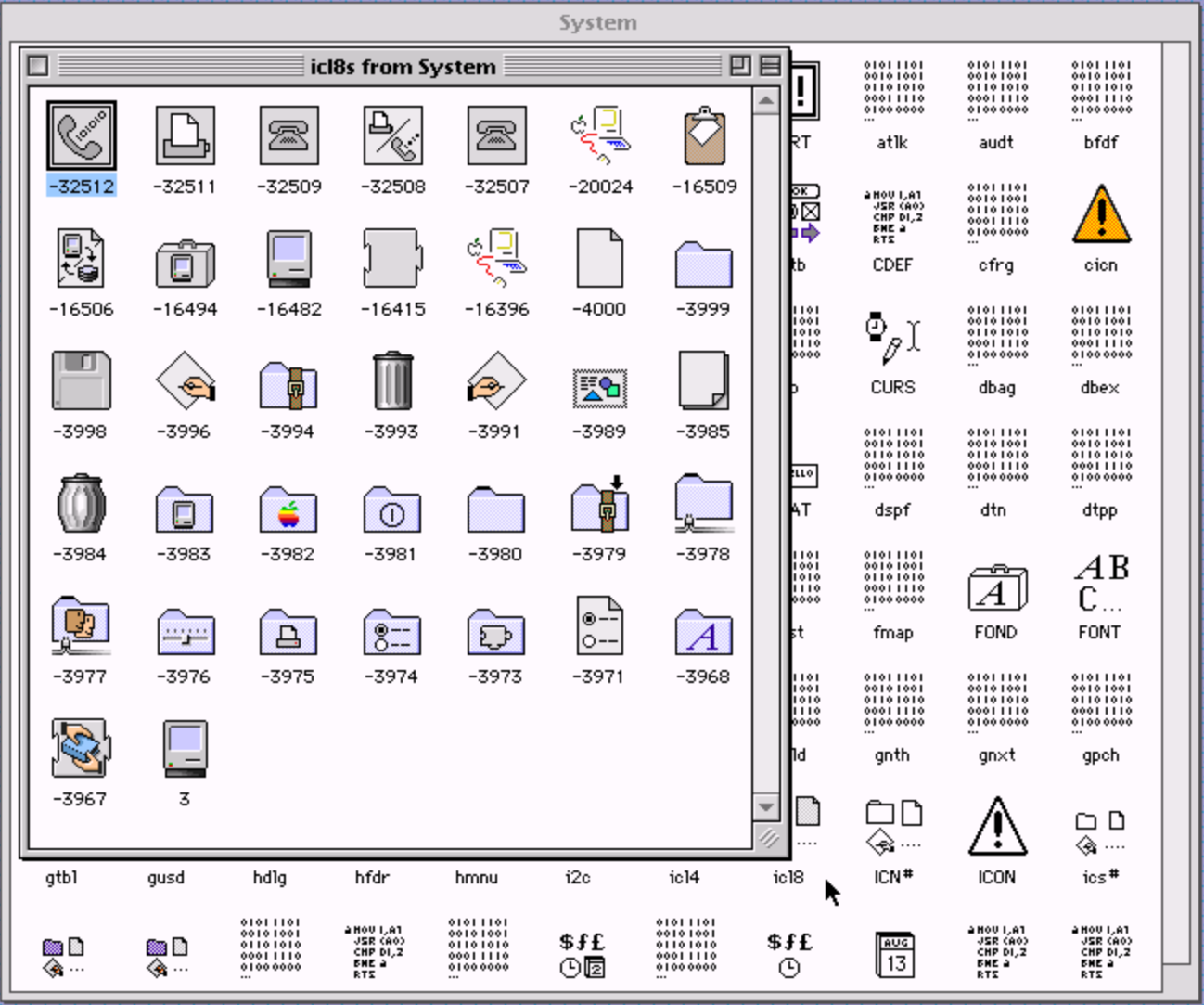It was the year 2005. I was 20 years old and $80,000 in debt.
This isn’t a sob story. It worked out fine. One time I made that much money in two months.
But student debt means I chose a difficult path. It happened, in part, because it was in someone else’s interest to convince me it would be a good idea to give up six figures of my future earnings. It was a decision made because money is far more abstract at the age of 18 than at any other point in adulthood.
It was a decision made because I did not have meaningful context from people around me about how higher education works, and what it was for.
While I was bitten by a thirsty diploma mill, I got there by reading my gut correctly. I was trying to execute social mobility. I wanted the chance to shape media.
Media being the most powerful creation of human imagination.
I knew that most places weren’t specialists in media.
But media was, in all sincerity, the passion of this school. The marketing propaganda was accurate. I got spoiled early in my career because I was surrounded for years by extraordinarily talented people who really cared about their mission. The kindest, most intelligent, most big-hearted people you’ve ever met in your life.
Competent and thoughtful.
Focused on the details.
They were working so hard to build something special.
See, that resonated with me. I thought the rest of the world would work that way.
But I’m getting ahead of myself.
I got my college internship because the textbooks looked like shit.
I couldn’t believe it. The marketing materials were so luxe. Polished. The same production values as a premium resort vacation brochure. Except here you would learn the power of media, and the knowledge to use it.
But when I started my first class, the textbook was… garbage. It was riddled with typos. Its layout was Microsoft Word in crisis.
It looked like it came out of a Kinko’s self-serve booth at 2 AM.
See, the textbooks were included with tuition. You paid the school money, it gave you everything you needed, for every course. But one of the ways they kept more money was by making their own textbooks. That way, they didn’t have to pay absurd margins to publishers. They could keep more of the money for the business.
It was a rational decision, but the execution was bad. I called the reception desk.
“Can I speak to the person who does the textbooks?” Then I offered to proofread the books for money. Clearly, they needed the help.
A couple weeks later I started my work-study job, making $8.50 an hour, 15 hours a week. The federal government paid the wages, then the school could use me as they wanted. Most kids ended up helping clean up labs. But the guy who did the textbooks was great and gave me a job that taught me more than the degree did.
I think that’s okay in principle. You can make a job your own in ways that educational programs don’t support as well.
Still, the formal education itself was not great. The problem was a business optimization. The school had seasonality like anything else in education, but unlike its competitors, it could actually ingest money and start new students at any time of the year. This increased sales: if someone wanted to get started, you could get them into the mix without months passing for them to get cold feet.
To achieve this, the school operated a merry-go-round for all of its classes. In my case, classes mostly spanned 30 days.
Having tried it, and as a life-long learner, I do not think this is an effective way to absorb things. A month is not enough to be reborn in new ideas. There’s too little time for the interactions of play, serendipity, repetition and reflection to sharpen your skills. It felt like being moved around on a conveyer belt.
It’s not an education I’ve ever been able to endorse, and the truth is, I have felt a lot of shame about spending so much money on a process that, as I was going through it, did not impress me. I’ve felt shame to be taken advantage of in this way.
In my final month of studying film and video editing, the conveyor built delivered us to a new post-production lab. I was elated. Compositing and visual effects had been a devotion of mine since I was in middle school. Never before had I seen such powerful, real-time video editing machines. They were cutting edge, professional-grade gear.
And no one knew how to use them yet. By the time any lab instructors figured it all out, my month would be over.
I was livid. I’d paid all this money, and at the grand finale, the whole thing falls apart like a wet paper bag. So what did I do?
I gave them more money.
Without spending more, I was going to graduate with just an associate’s degree. More than that, I knew I wasn’t done cooking. It was clear to me I did not know enough about doing anything useful to actually lead a life I dreamt of, shaping media.
So I signed another loan, at a distressingly higher interest rate, so I could have a bachelor’s degree. It was that or start over at another school. The proprietary, accelerated credits were notoriously difficult to transfer.
The school’s bachelor completion degree was for business. Some of it was useful, but most of what I know about business I learned on my own.
These days, I don’t mention my education in my resume.
Meanwhile, in the work study job, I was figuring out how software gets made. Not at a code level, but from the perspective of planning, scoping, features, design, layout. The functional bureaucracies of software projects. In other words: product management.
See, the textbook guy was not really the textbook guy. He’d been hired to build the school’s online education platform. The problem was, the textbooks were such a mess, none of the intellectual property was ready to go online. All of it had to be cleaned up and built out first.
So my textbook correction internship was actually a “this is how you build web products” internship.
That was a career-defining jackpot. That was the education I needed to connect the dots between a childhood of using code, and a career actually building it. This was exactly what I needed college for, but wouldn’t have known how to ask for. I didn’t grow up around people who knew how to do this stuff.
But I promised you a story about rich people.
When I graduated with my bachelors, there was nothing interesting to do. I interviewed at EA. They didn’t see producer material in me, so they passed.
And that was fucking it. I spent a few weeks in miserable suspense, cash dwindling, and no interest in ever, ever living at home again.
There was always the Apple Store. Retail was a common enough refuge for the school’s graduates, and I’d been warned about this by outsiders when I started, so I wasn’t alone in this path. Of course, I knew everything there was to know about Apple. I was a shoo-in.
The week before I would have started my Apple Store orientation, I was called back to the school. The marketing department needed someone to figure out all the internet work that was a bigger and bigger part of ad spending. Would I come in to interview?
I think there were people on the inside who thought well of me. I think there were people on the inside who wanted to see me do well, having gotten to know me through my work study.
I was offered $13,000 more than Apple would have paid me on the spot, and an actual career path.
The problem was that the job—spending a few million a year on search engine ads—was maybe five hours of work per week once I figured out how to automate things. That left plenty of time to involve myself in other shenanigans.
Like finding alumni talking shit about the school on the internet.
Like I said: Despite the passion and commitment of the people I was now working with, I just don’t think the educational model itself worked very well. It was a victim to the business ambitions of the school. I, like many others, am proof that you can overcome all of that anyway.
But not everyone managed it. Some found themselves stuck with serious student debt they couldn’t pay. So they went to the internet.
My marketing mandate was search engines. Huge volumes of students came through search engines, as much as a third of all starts. So in addition to ads, I kept an eye on things like reputation, rankings and website content.
So every few months, I’d discover what we called a Sucks Site.
Sucks Sites were content that was search engine-optimized to bring attention to a complaint about the school. It was always the same complaint: the alumnus hadn’t found a job in the field they studied for, and now they were wallowing in student debt.
We engaged high end lawyers for this stuff.
But not to bully the authors!
We’d cut a deal. Take down the site, we’ll pay off your loan. The school would even cover the taxes as a little sweetener.
Then the Sucks Sites would come down.
Just a cost of doing business. Cheaper than the costs it might inspire. That was the power of media: one Sucks Site could influence untold thousands of potential applicants.
But again, I liked all of these people. They were just doing a job, attending to rational business interests. They were creating a path for students to grab as much career preparation as they could manage in exchange for some money. It didn’t work out for everyone. What can you do?
They liked me too, is the thing. I kept being a pain in the ass, finding more interesting things to do, and as my reward, the school’s COO agreed to add me to his staff. So long as I could replace myself in marketing, and impress the owners of the business.
My first challenge was a charity dinner, where I joined one of the owners at a sponsored table. I didn’t spill soup all over myself, so that was a thumbs-up. In my business courses, I’d been educated at a private club on etiquette for these situations. Credit to the school on that one.
With the next owner, I was given a sit-down interview at his office across campus. I remember this garish, pop-art blowup of a dollar bill that hung in his office, emphasizing the motto “in God we trust.” He asked where I saw myself in five years, I acted like that wasn’t a ridiculous question, and of course managed to see myself working at the school, making it more successful.
That was fine.
The final test took place in San Francisco, where I met up with the founder of the school and stayed at a W Hotel for the first time. Whereas the other owners were suits, the founder was an actual visionary who’d almost gone broke on his convictions for media education.
The bad old days of the 90’s had almost seen his vision crumble. But in the final months of the school’s solvency, a lawyer and real estate developer realized there was a cash cow in the making.
These new business partners re-capitalized the school and converted it into a juggernaut of always-on education for every media skill imaginable. What rose from the ashes of near-catastrophe was now a business that grew year over year, pumping thousands of students’ future earnings into the present, and into the pockets of the owners. By the time I came along, the sky was the limit. They had no idea where their ceiling for growth was.
So, here was the test: could I handle the truth?
Could I look upon the fruits of this economic project with a cool, supportive eye?
Was I comfortable with the founder’s private jet?
Not to ride in, goodness.
Just to… look at. And to help get a rental car back where it needed to go at the end of the trip.
There was a cosmic horror to this for me: the guy had control of so many destinies, he could afford to fly private. This was thousands of people’s lives running through his fingers every month. He was keeping financial threads that leashed them for 30 years, then selling them off to loan companies.
It’s hard to fathom having so much. Enough you can feed, clothe and house every single person you care about, indefinitely, with enough money left over for an entire airplane and its pilot.
What a high that must be.
I was unsettled, but also impressed, man. I grew up broke. I’d never met private jet kind of people. But here I was. I passed the final test, kept my cool, and stepped into the circle.
The other owners had their own extravagances. The real estate and vehicle fleet were their personal toy sets. The school party bus went on a weekly pilgrimage to the football game.
It was a lucky thing I’d gotten in with the C-Suite, and not just for the modest raise I earned with it. The cost of paying my loans ran over $1,100 each month. That had been about half my take-home pay. So I did what anyone would do: enter forbearance so that the loan principal kept growing under interest, but I would be spared payments in the short term. I knew that this wouldn’t end well, so I’d spent years building my credit. By the age of 23, I knew everything I needed to know about credit scores and loan consolidation.
Only problem was: the loan company wouldn’t approve my application. I pled to the executive in charge of relations with the loan company, and he made a few calls as a favor. My application was reconsidered and approved. This intervention saved me hundreds of dollars a month, and tens of thousands in long term debt service costs.
I bought him a bottle of scotch in thanks.
Seeing where the money went ended up changing me, though. One time we were wrapping up a particularly thorny Sucks Site meeting. Afterward, I asked the school’s president: Couldn’t we warn these students ahead of time what the monthly payments would be?
Couldn’t we disclose the true cost of these loans, up front?
It didn’t seem right that the owners of the place could make so much money regardless of whether the students were successful. The students should at least know the size of the gamble in practical terms.
This school administrator, was, I must stress, one of the kindest and most decent human beings I am ever going to meet in my life. One of the most deeply, authentically generous characters in history. He felt blessed by the school’s prosperity, and wanted the people around him to share in his abundance. I respected him. He had some profit participation in the school’s success, as I understood things, but not a controlling interest.
He listened carefully, considering my input with the kind intensity he always did, and conceded my points. But he observed that it would be challenging to persuade the people responsible for the admissions side of things to sign up for something that made their job that much harder.
I understood. Too many people depended on the system working as it already did.
And I knew I had to leave. I didn’t want to spend my life encumbering young people with debt. Meanwhile, the all-new iPhone was calling my name.
My destiny was elsewhere.
For $80,000 at 16%, plus some independent study, I’d successfully learned to build software.







